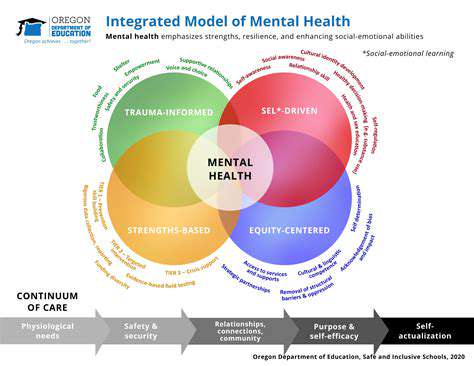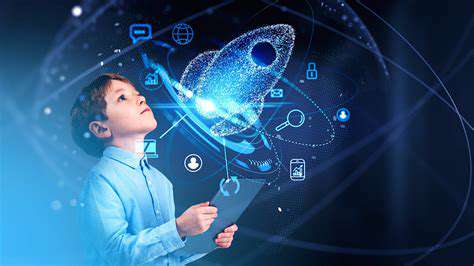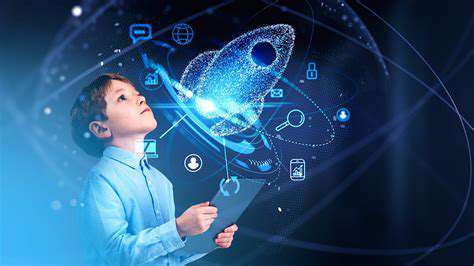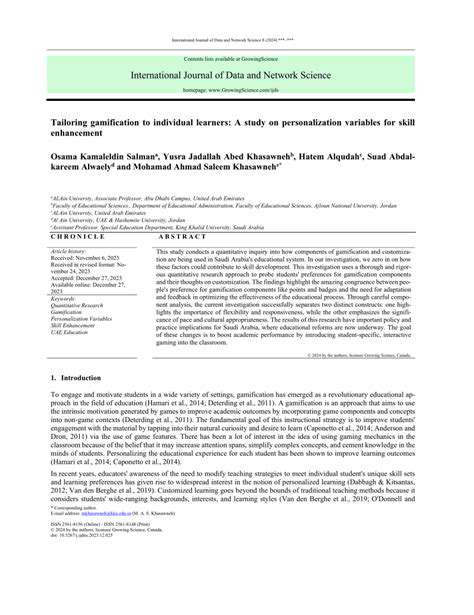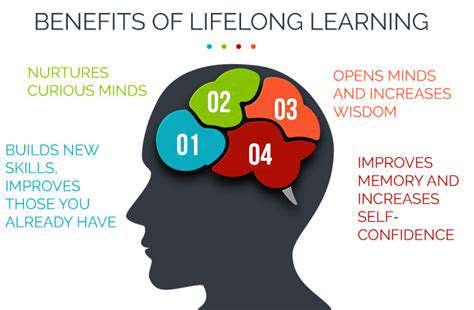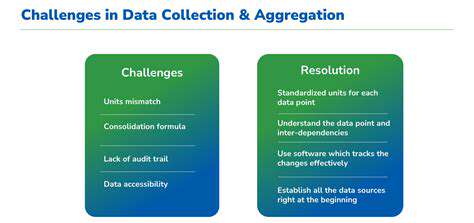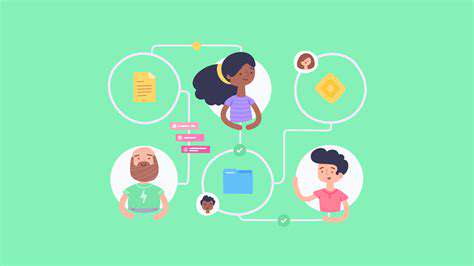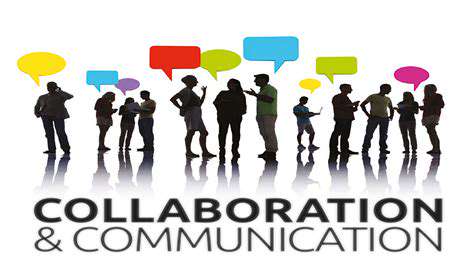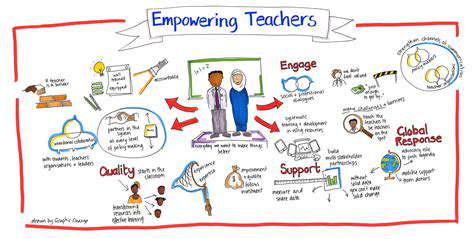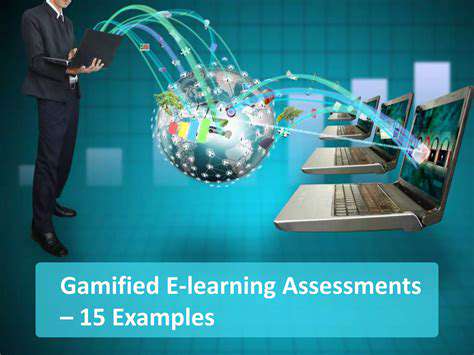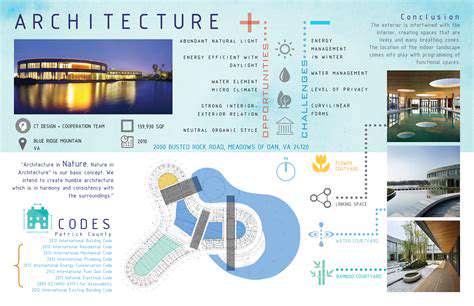The Evolution of Learning Assessment: From Exams to Portfolios
Strengths of the Traditional Exam-Centric Approach
The traditional exam-centric approach to learning, with its reliance on standardized tests, has played a significant role in shaping educational systems worldwide. This method provides a straightforward way to measure student understanding, making it easier to compare performance and identify areas that need attention. The structured nature of this approach gives students clear goals and expectations, which can help create a focused learning environment. Standardized tests also introduce an element of competition, which some students find motivating and may push them to reach higher academic standards.
This type of assessment works particularly well in subjects where mastering foundational concepts is crucial. The uniformity of standardized testing allows for consistent evaluation across different schools and regions, making it simpler to track educational progress on a larger scale.
Limitations of the Traditional Exam-Centric Approach
While standardized tests provide a snapshot of what students know, they often miss the bigger picture. True learning involves more than just memorizing facts—it includes skills like critical thinking, problem-solving, and creativity, which traditional exams may not fully capture. This narrow focus can leave other important aspects of learning undeveloped, potentially limiting students’ growth as well-rounded individuals.
The intense pressure to perform well on exams can also lead to stress and anxiety, which might negatively affect students’ overall learning experience. When the primary goal becomes achieving high scores, the intrinsic joy of learning can sometimes get lost in the process.
The Impact on Student Motivation
The traditional exam-centric approach can have mixed effects on student motivation. For some, the challenge of excelling on tests can be a powerful motivator. For others, the fear of failure and the stress of high-stakes testing can undermine their confidence and enthusiasm for learning.
The Role of the Teacher in Exam-Centric Education
In this model, teachers serve as guides, helping students prepare for exams while also fostering a deeper understanding of the material. They must strike a balance between teaching to the test and encouraging students to think critically and apply their knowledge in real-world situations.
Alternative Assessment Methods
Recognizing the shortcomings of traditional exams, educators are exploring other ways to evaluate student learning. Methods like projects, presentations, and portfolios offer a more complete picture of what students can do, assessing their ability to use knowledge in practical contexts.
The Future of Assessment in Education
As education evolves, assessment methods must adapt. The future likely involves a blend of traditional and innovative approaches, using technology to provide personalized feedback and support. This shift aims to create a more comprehensive and meaningful learning experience for all students.
The Portfolio Approach: Capturing the Learning Journey
Understanding the Portfolio Concept
A learning portfolio is more than just a folder of assignments—it’s a living document that tracks your growth over time. It highlights your progress, the challenges you’ve faced, and the skills you’ve developed. Unlike traditional grading, this approach values the entire learning process, from initial exploration to mastery.
Think of it as a carefully selected showcase of your work, demonstrating how you’ve applied what you’ve learned. This might include projects, reflections, or feedback from teachers. The key is choosing pieces that truly represent your learning journey.
Reflecting on Learning Experiences
Reflection is at the heart of the portfolio approach. By regularly thinking about what you’ve learned and how you’ve learned it, you gain deeper insights into your own progress. This practice helps you connect ideas, recognize patterns in your learning style, and identify areas for improvement.
Reflection isn’t just about looking back—it’s about preparing for future learning. It encourages you to think critically about your experiences and apply those lessons moving forward.
Demonstrating Skills and Knowledge
Your portfolio is a tangible way to show what you know and can do. It goes beyond test scores, highlighting your abilities in areas like problem-solving, communication, and collaboration. This can be especially valuable when applying for jobs or further education.
Connecting Learning to Career Goals
A well-organized portfolio can bridge the gap between your education and career aspirations. By selecting work that aligns with your professional interests, you can demonstrate your readiness for specific roles or industries. It also serves as a roadmap for your ongoing development.
Building a Narrative of Your Learning Journey
Your portfolio tells the story of your growth as a learner. It’s not just a collection of work—it’s a narrative that shows how you’ve evolved, adapted, and overcome challenges. This story can help others understand your unique strengths and learning style.
Utilizing Feedback to Enhance Learning
Feedback is essential to the portfolio process. Input from teachers and peers helps you refine your work and improve your learning strategies. Incorporating this feedback into your portfolio shows that you’re proactive about your growth and willing to learn from others.
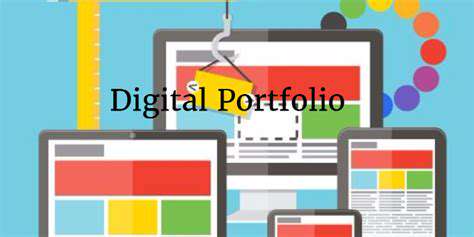
The Future of Learning Assessment: A Collaborative and Data-Driven Approach
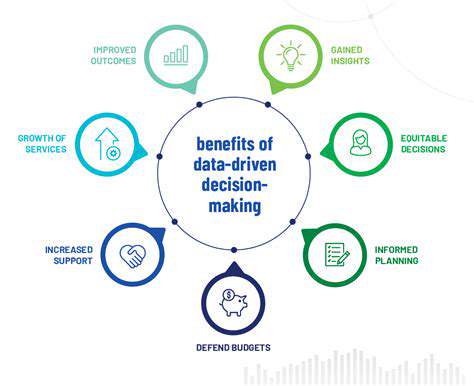
Reimagining Traditional Assessment Methods
Traditional assessments like standardized tests are increasingly seen as incomplete measures of learning. They often focus on memorization rather than deeper skills like critical thinking and creativity. The future of assessment must embrace more dynamic methods that evaluate a wider range of abilities.
Rote learning has its place, but today’s world demands more. Educators are turning to approaches like project-based learning and portfolios, which let students demonstrate their knowledge in practical ways.
Embracing Technology for Enhanced Feedback
Technology is revolutionizing how we assess learning. Digital tools can provide instant feedback, personalize learning paths, and help teachers support students more effectively. Adaptive learning systems, for example, adjust to each student’s needs, creating a more tailored and effective educational experience.
The Role of Data Analytics in Assessment
Data analysis helps educators understand learning patterns and identify where students might need extra help. By examining performance data, teachers can customize their instruction to meet individual needs.
Developing Authentic Assessment Tasks
Authentic assessments ask students to apply their knowledge to real-world problems. These tasks—like projects or presentations—provide a fuller picture of what students can do. This approach makes assessment more relevant and meaningful, aligning it with practical applications of knowledge.
Cultivating a Culture of Feedback and Reflection
A strong learning environment encourages ongoing feedback and self-reflection. When students learn to assess their own progress and adjust their strategies, they develop crucial metacognitive skills. This reflective practice deepens understanding and makes learning more effective.
Promoting Collaboration and Communication
Group work and collaborative projects are becoming key parts of assessment. These activities help students develop teamwork and communication skills—abilities that are essential in both education and the workplace.
Read more about The Evolution of Learning Assessment: From Exams to Portfolios
Hot Recommendations
- Attribution Modeling in Google Analytics: Credit Where It's Due
- Understanding Statistical Significance in A/B Testing
- Future Proofing Your Brand in the Digital Landscape
- Measuring CTV Ad Performance: Key Metrics
- Negative Keywords: Preventing Wasted Ad Spend
- Building Local Citations: Essential for Local SEO
- Responsive Design for Mobile Devices: A Practical Guide
- Mobile First Web Design: Ensuring a Seamless User Experience
- Understanding Your Competitors' Digital Marketing Strategies
- Google Display Network: Reaching a Broader Audience
